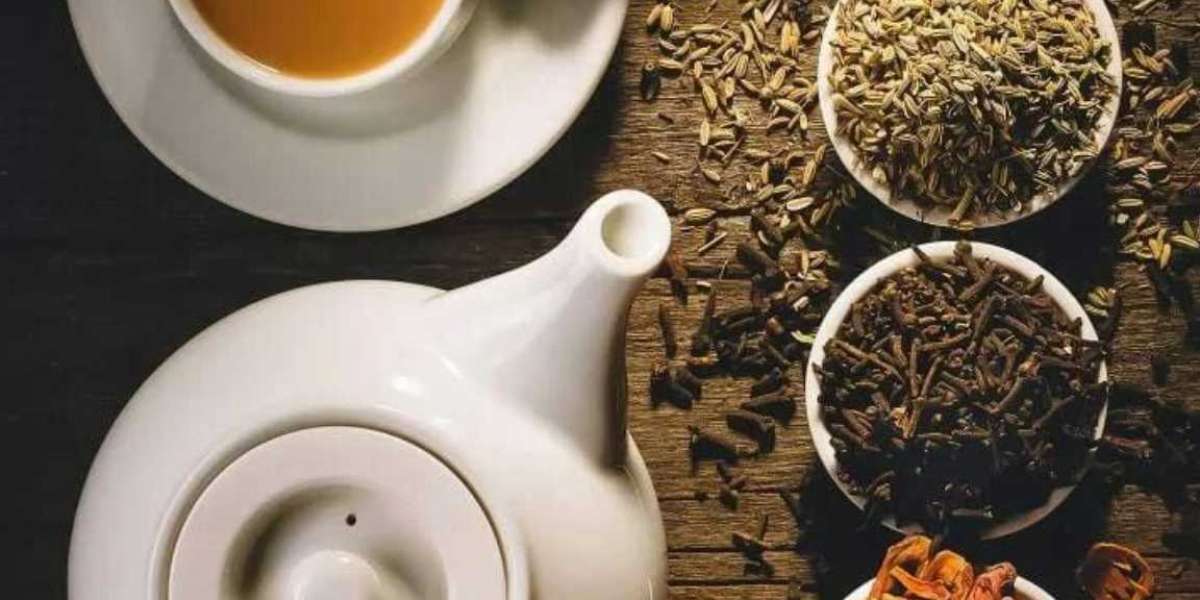A Summer Symphony of Flavors:
The Second Flush Darjeeling harvest typically occurs between June and August, a period characterized by warmer temperatures and increased sunlight. These conditions influence the tea leaves' development, resulting in a bolder, more robust flavor profile compared to the First Flush. While the First Flush often displays delicate floral aromas, the Second Flush is characterized by a richer, more complex tapestry of flavors. Expect to encounter muscatel notes, often described as grape-like or fruity, along with hints of spice, such as cinnamon or cardamom. The body of the tea is typically fuller and more substantial, providing a satisfying mouthfeel. The color of the brewed tea is often a deeper, richer amber or reddish hue.
The Muscatel Note: A Defining Characteristic:
The muscatel note is arguably the most distinctive characteristic of Second Flush Darjeeling. This unique flavor profile, reminiscent of ripe Muscat grapes, is highly sought after by tea connoisseurs. The intensity of the muscatel note can vary depending on the specific garden, the elevation, and the weather conditions during the harvest. Some Second Flush Darjeelings exhibit a pronounced muscatel flavor, while others exhibit more subtle hints.
Brewing Perfection: Unveiling the Second Flush's Potential:
To fully appreciate the nuanced flavors of Second Flush Darjeeling, proper brewing is essential. Use freshly drawn, filtered water heated to approximately 175-185°F (80-85°C). Avoid boiling water, as this can scorch the delicate leaves and result in a bitter taste. Use approximately 1 teaspoon of tea leaves per 6 ounces (177ml) of water. Steep for 3-4 minutes for the first infusion, then adjust the steeping time for subsequent infusions to your preference. Multiple infusions are recommended to fully explore the evolving flavor profile of this remarkable tea.
Beyond the Cup: The Cultural Significance:
Second Flush Darjeeling is more than just a beverage; it's a cultural experience. The meticulous cultivation, careful harvesting, and expert processing contribute to its exceptional quality and high demand. The tea's rich history and association with the Darjeeling region of India add to its allure, making it a treasured choice for tea enthusiasts worldwide. The ritual of preparing and enjoying Second Flush Darjeeling is a moment of mindful appreciation, connecting the drinker to the tea's origins and the artistry involved in its creation.







